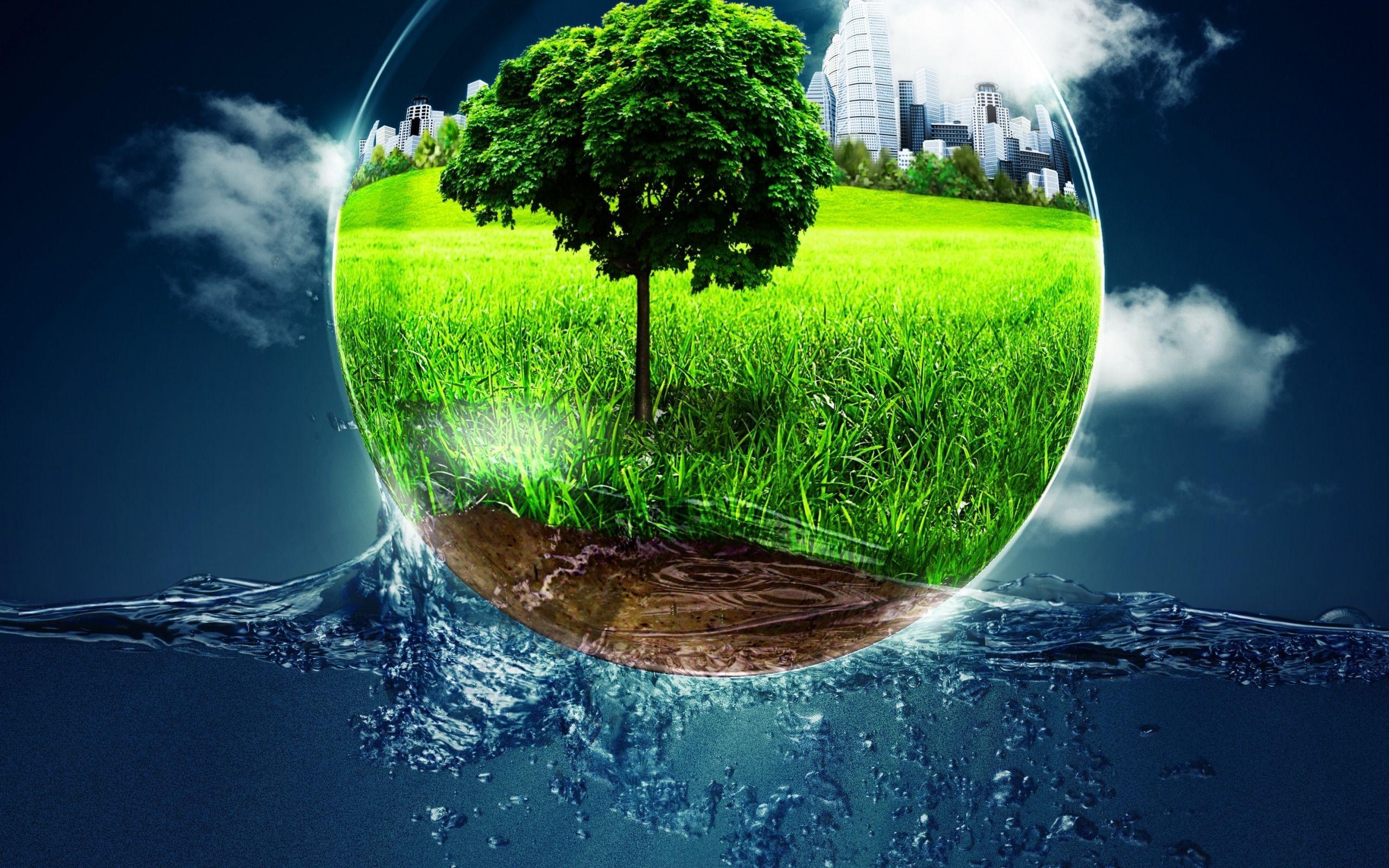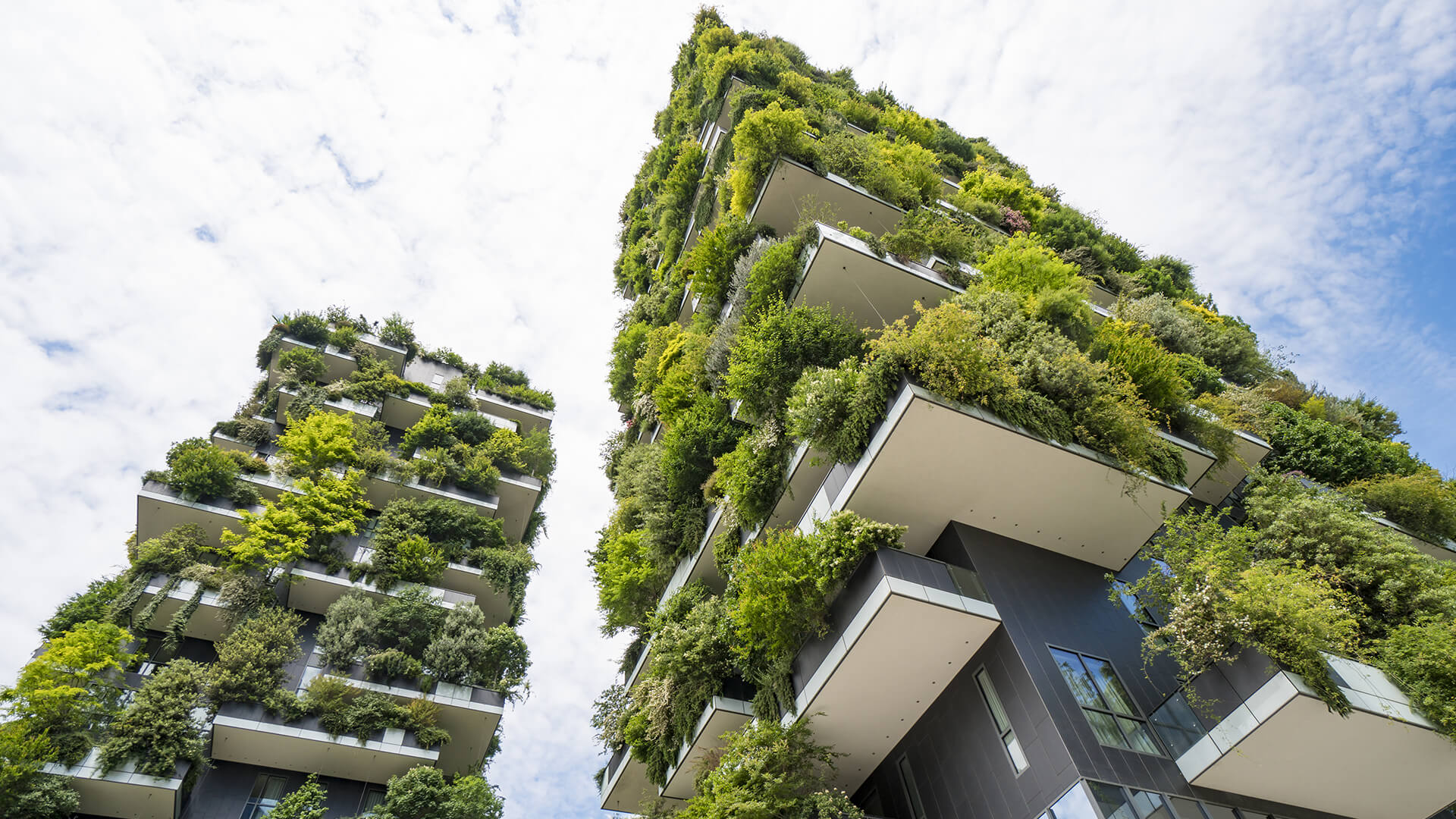Table Of Content

“KISS” (“Keep It Simple Stupid”) is an example of a principle where you design for non-experts and therefore minimize any confusion your users may experience. Design principles are fundamental pieces of advice for you to make easy-to-use, pleasurable designs. You apply them when you select, create and organize elements and features in your work. This is an optional enrichment program for students who, for a short period in their education, would benefit at least as much from professional experience as academic experience. The goals of the program are those of the required architecture courses plus those which can be sought only in the office context, such as familiarization with the relationship of all aspects of professional practice. At the end of the spring semester of the first year of the Environmental Design Program, students will undergo a substantive portfolio review to assess their preparedness for the subsequent three years of the Bachelor of Arts in Environmental Design degree program.
What does an Environmental Designer do?
These labels are highly effective as a study in Sweden found that a 32.8% of purchase behavior on ecological food can be determined by the presence of an eco-label.[40] Increased transparency of these labels and recycling labels can empower consumers to make better choices. Within the historic walls of Teatro Gerolamo, the Amsterdam design studio Formafantasma challenged us to look beyond mere aesthetics in design by turning the gaze to ethical modes of production. Meanwhile the color palette of restrained greys and dark green was chosen for it requires less resin than lighter and brighter shades. For instance, consistency ensures that controls remain uniform throughout a design, while proximity suggests related items be grouped.
Energy-Efficient Technologies
For example, the famous World Wide Fund for Nature (WWF) logo makes use of the confusion between positive shape and negative space to create the image of a panda. Unity helps guide the viewer's attention and ensures a consistent, integrated visual experience. To comprehend unity and other fundamental aspects of design, consider exploring the building blocks of visual design on interaction-design.org. Franks Spillers’ design checklist is an example of customized design principles for mobile user experience (UX) design. Design principles are guidelines, biases and design considerations that designers apply with discretion. Professionals from many disciplines—e.g., behavioral science, sociology, physics and ergonomics—provided the foundation for design principles via their accumulated knowledge and experience.
All open-source articles on design principles
How to Design the Best Home Environment for Someone With Dementia - Lifehacker
How to Design the Best Home Environment for Someone With Dementia.
Posted: Fri, 22 Dec 2023 08:00:00 GMT [source]
Our goal is to create social, environmental, and economic opportunities for businesses and not just help companies comply with mandatory regulations. Unlike other environmental consultants — we bring design to environmental consulting. This allows us to give environmental advice and also implement strategic plans, communication programs, and environmental management systems.

We used design and environmental analysis to empower people in the Democratic Republic of the Congo. Instead of building new homes from the ground up, repurposing older structures for new use is an emerging trend with no sign of slowing down. "Designers and builders alike are finding that keeping buildings with 'good bones' is more beneficial than starting from scratch," says Glaister. (“Bill”) Wurster, the dean of UC Berkeley’s School of Architecture, and Catherine Bauer Wurster, a housing reform expert who taught in the architecture school.

A variety of philosophies, policies and practices have contributed to these goals. People in many different capacities, from farmers to consumers, have shared this vision and contributed to it. Despite the diversity of people and perspectives, the following themes commonly weave through definitions of sustainable agriculture. The toxic components of household products pose serious health risks and aggravate the trash problem. Don Norman challenges traditional numerical metrics since they do not capture the complexity of human life and the environment.
Design and implementation of intelligent monitoring system for agricultural environment in IoT - ScienceDirect.com
Design and implementation of intelligent monitoring system for agricultural environment in IoT.
Posted: Mon, 18 Dec 2023 04:20:42 GMT [source]
Rather, it is the interplay between these domains that brings the value that multimedia holds. Our multimedia team is comprised of writers, 2D artists, 3D artists, programmers, industrial designers, architects, scientists, and visionaries. We work fluidly between the disciplines yet all adhere to an overall project management vision and plan. The DE team was hired by the 5C’s (Caribbean Community Climate Change Centre) for an IABD (InterAmerican Development Bank) funded project to design a database management system for environmental monitoring of the wider Caribbean region. DE Founder and President, Dave Oswald, will present DE’s work on ‘digitization of water resources’ at the Abu Dhabi Sustainability Week (Jan 11–18, 2020). This presentation highlights current work on environmental reporting and risk analysis in the Caribbean and identifies emerging areas of innovation and development.
Businesses and individuals increasingly adopt sustainable design strategies from architecture to product development to minimize their ecological footprint. This comprehensive guide delves into the core concepts, principles, and methods of sustainable design, focusing on its significance, benefits, and practical implementation. They utilize design software, Geographic Information Systems (GIS), and other digital tools to create visual representations of their concepts, analyze spatial data, and communicate their ideas effectively. As advocates for sustainability, environmental designers often stay updated on the latest advancements in green technologies, eco-friendly materials, and environmentally conscious design practices.
Examples of ecodesign include using less materials, improving the recycling process of the product, ensuring the product creates less emissions than its predecessor, and developing innovative products which can be shared to further promote the importance of sustainability. 👉 Ultimately, ecodesign can also help companies to expand their business, increase their sales revenue, or reach their financial goals seeing as ecodesign indirectly helps to improve the energy efficiency or sustainability of a product, service, or building. Regardless of the application, designers follow design methodology and a set of fundamental notions, which inform their approach. Designers are trained to analyse problems holistically, searching to understand not only the immediate or obvious problem but the system that created it. Designers approach the solution from the vantage point of the end-user, seeking to optimise for the specific needs and capabilities of that individual or group. Designers strive to ‘do more with less,’ they maximise economy (of materials, of investment, of energy, etc.) through creativity and ingenuity; this idea is central to design.
WIPO GREEN is an online global marketplace for technology exchange connecting providers and seekers of inventions and innovations in sustainable technology innovations. Environmental assessment tools and strategies to reduce environmental impacts, such as the selection of appropriate materials, are then discussed. Next, some of the links between environmental problems, such as global warming, ozone depletion, water and air pollution and the everyday products we consume are considered. In order to design products with minimal environmental impact, we need to have a basic understanding of these impacts and the interactions between them. Fieldwork is often an integral part of an environmental designer's workplace, involving site visits to assess terrain, vegetation, and other natural features.
Experience has now shown that there is no completely safe method of waste disposal. All forms of disposal have negative effects on the environment, public innovation, and local economies. Attempts to control or manage wastes after they are produced fail to eliminate environmental impacts. Finally, Design + Environment takes a look at some of the emerging trends in DfE that are offering us the opportunity to make a more significant reduction in environmental impacts. Both the development of more sustainable materials and technologies and the growing interest in leasing rather than selling products are examined.
By manipulating contrast, color, size, or placement, designers can guide the viewer's eye to the most crucial parts of a composition. Emphasis ensures that certain design elements have more visual weight, allowing them to stand out and capture interest. This principle helps convey the main message, evoke emotions, or guide user behavior. For a deeper understanding of how designers create meaningful connections through emphasis and other principles, explore the article on empathizing in design at interaction-design.org. Briefly defined, architecture is the art and science of designing buildings that provide appropriate accommodation for human activities.

No comments:
Post a Comment